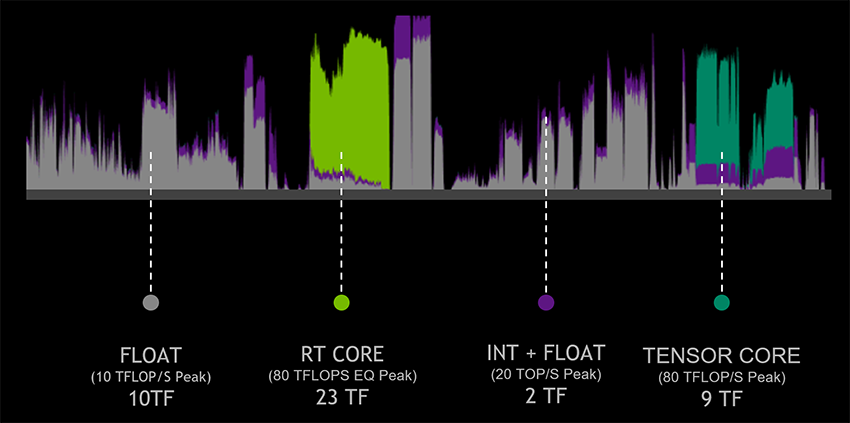There is nothing "flamey" about what he wrote. The wccftech headline is complete bullshit. I happen to think he's probably wrong and the procedural work will be handled up front and put onto ssd. I think the reason it was done in memory was because of the hdd performance. With a fast ssd they can probably make big gains up front and save a good chunk of the computing power. It's a good topic for discussion.
Edit: I do think there's a larger industry discussion to be had about the cost of games. Gamers are expecting a lot, but without having the cost of games go up, I'm not sure how many development studios are actually financially equipped to handle it. How many flops can Ubisoft handle if the cost of game dev goes 25% or 50% to meet consumer expectations for this new hardware.


